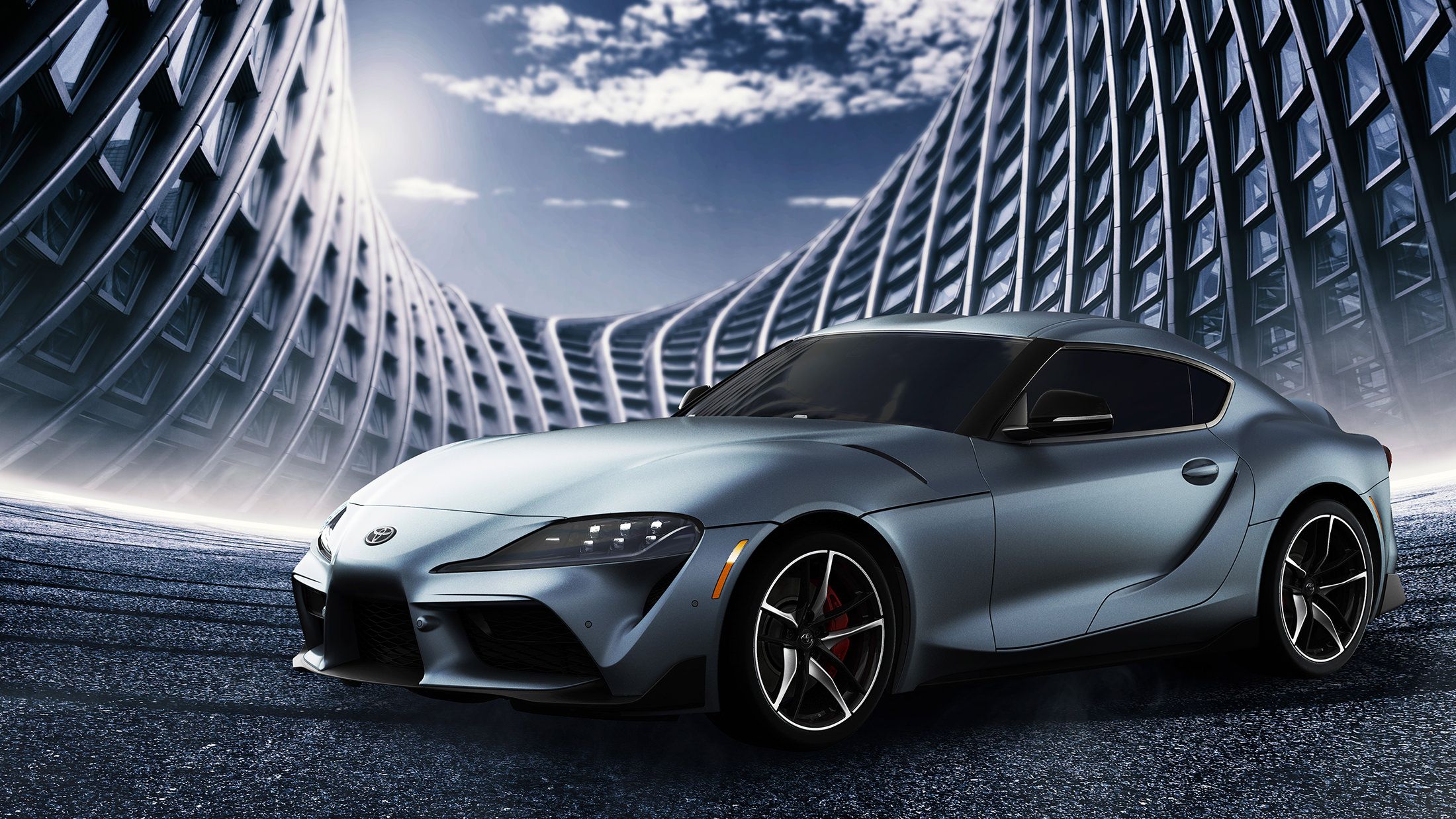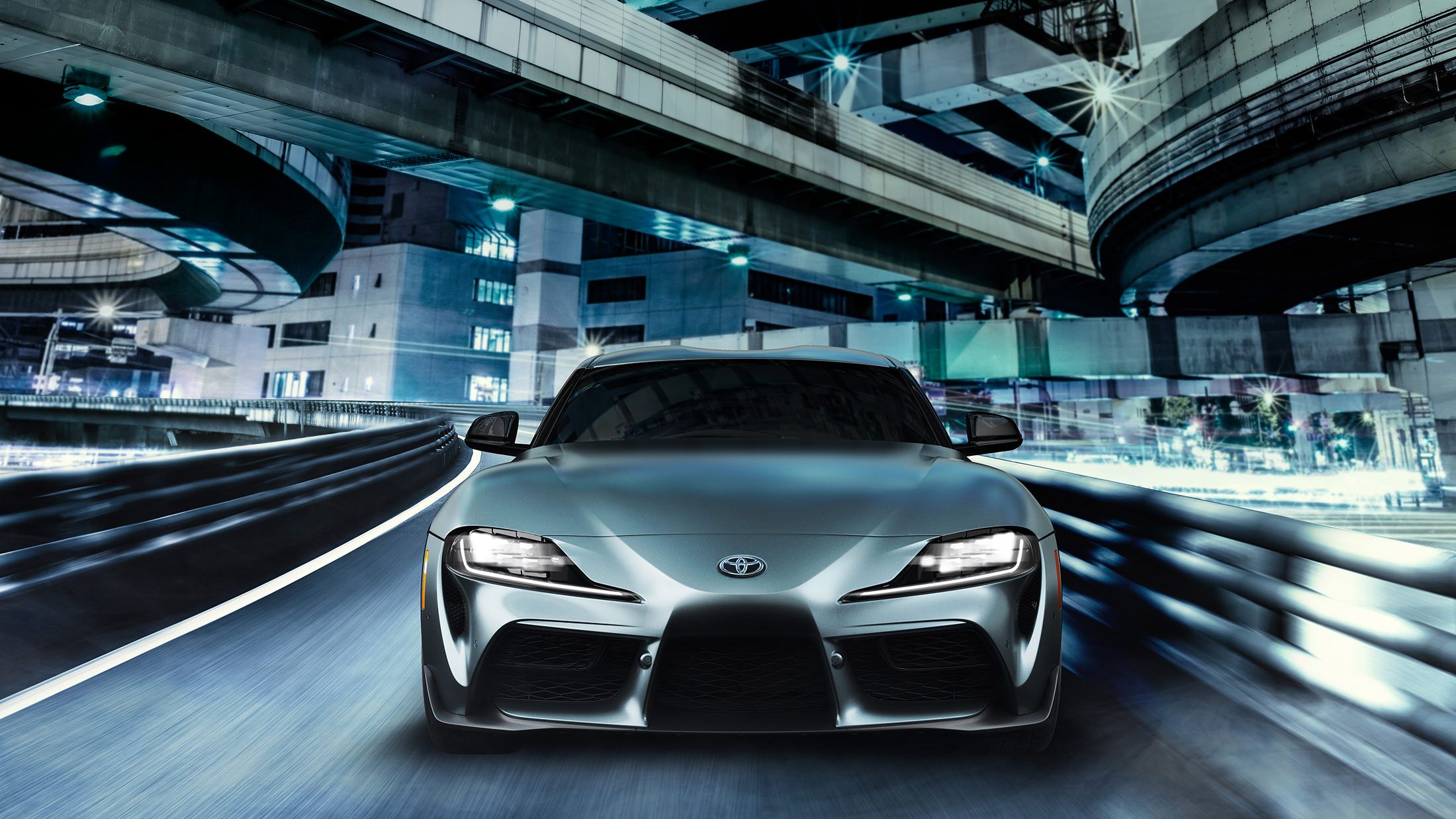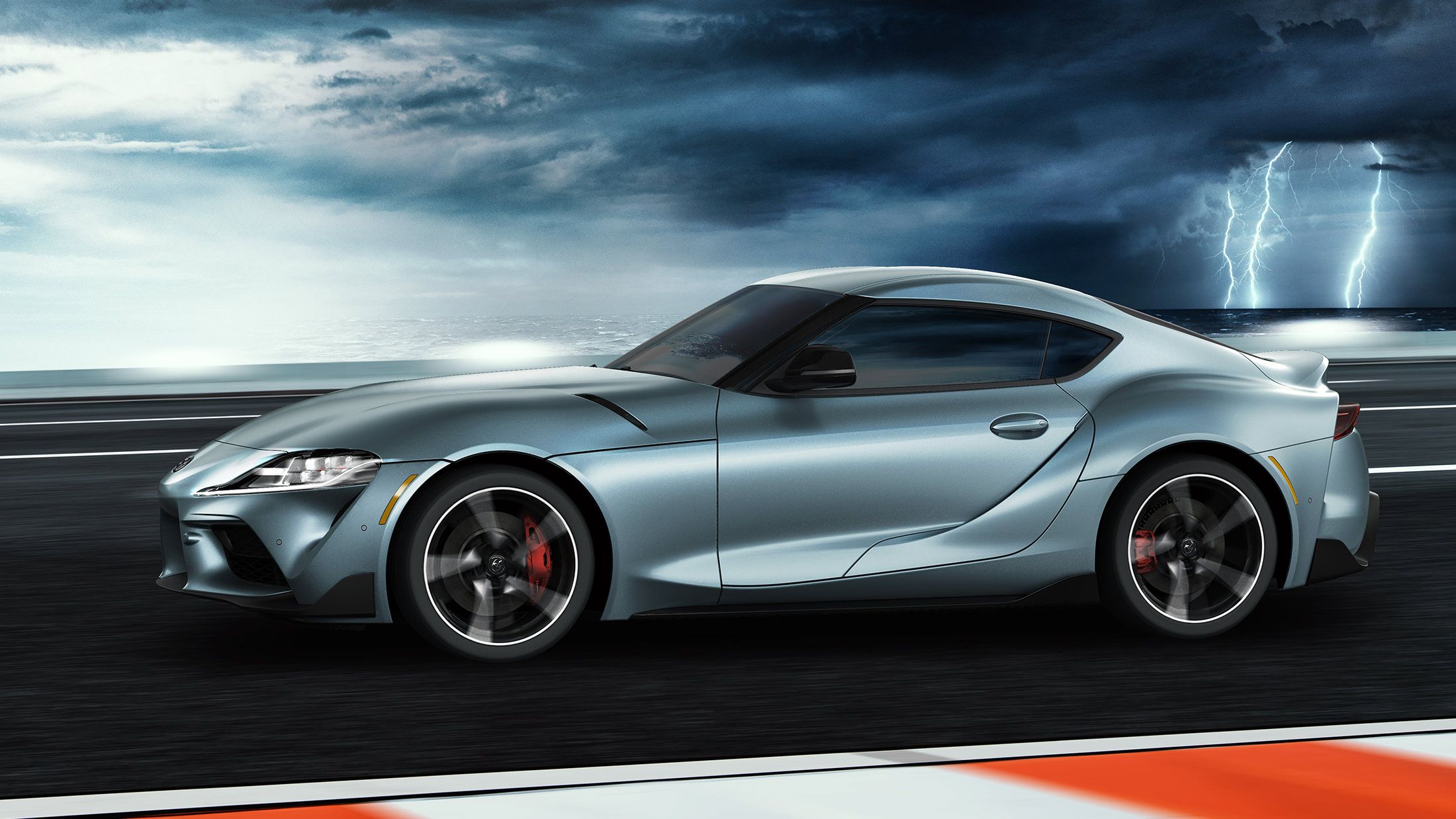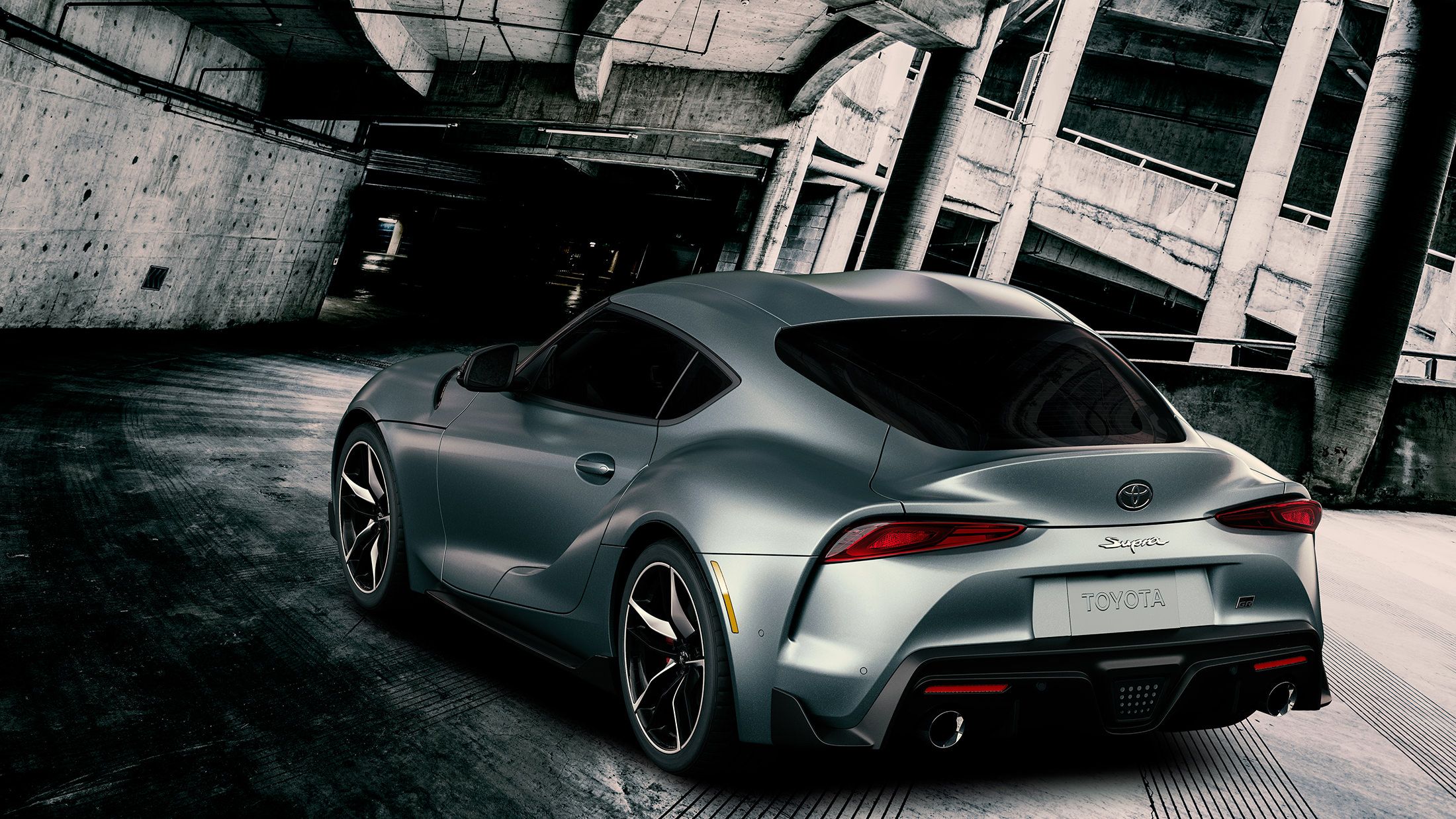The Toyota Supra has arrived, and, well, it hasn’t had the glowing reception Toyota probably expected. We’ve pored over and dissected the Supra, but a new revelation from a Japanese spec sheet of the sports car shows that the base version of the Supra comes with a four-cylinder engine that produces a rather disappointing 197 horsepower and 236 pound-feet of torque. The horsepower figure, in particular, is shocking because it’s less power than the 206-horsepower Toyota 86, a sports car that was supposed to sit well below the Supra in Toyota’s sports car pecking order. Fortunately, the U.S. is unlikely to get the base Supra, leaving us with one less disappointing version of the sports car to think about.
Toyota probably didn’t expect this, did it? The Toyota Supra was supposed the year’s first big debut. It was hyped to that extent so you can use excuse the Japanese automaker for expecting to be greeted with roses, kisses, and adulation. But the opposite has happened. The last day has been disappointing for Toyota, to say the least. The Supra has received mixed reactions, at best and downright negative ones, at worst. If people aren’t talking about how it looks, they’re talking about how it’s basically a BMW underneath all those body panels. Unfortunately for Toyota and its new sports car, it’s not going to get better anytime soon, not after this particular revelation pertaining to the base version of the Supra that will be available in the Japanese market.
This is where it gets confusing. How can a sports car that’s supposed to sit on top of the 86 in Toyota’s sports car hierarchy have a base model that produces less power than the car that’s supposed to sit below it? I know these things happen, but they happen mostly on compact sedans and hatchbacks, not sports cars, specifically one with the history, reputation, and pedigree of the Supra.
It’s incomprehensible to imagine that the Supra, a car famous for its massive power and performance credentials, will have a version that has less power than a car that’s been criticized for not having enough power of its own since it arrived in 2012.
It probably would’ve been understandable if the Supra weighed less than the 86 to make up for the power deficiency, except that it doesn’t weigh less than the 86. It’s actually heavier by 300 pounds. Yep, the starting point Supra weighs 3,108 pounds while the heaviest-of-heavy 86s tips the scales at 2,800 pounds.
All this points to another confusing aspect about the Supra and its actual place in Toyota’s sports car lineup. Remember Toyota’s plan to produce a three-sports-car lineup? If the base Toyota Supra has less power than the 86, is it possible that the Supra isn’t actually going to be a higher-tier model than the 86, but instead, is the replacement for the 86? If so, we’re one nameplate short of that sports car triumvirate if Toyota decides to bring the Celica back too. Speaking of the Celica, where does it fit in all of this now?
It’s funny that, after years of waiting, we were expecting the Toyota Supra to answer a lot of questions about the future of Toyota’s sports car lineup. But instead, we’re left with more questions, a lot of which we haven’t even thought about yet.
2020 Toyota Supra SZ (Japan only) specifications
|
Engine |
4 cylinder inline |
|
Displacement |
1.998 |
|
Transmission Type |
8-speed sports Automatic |
|
Drivetrain |
Front-engine, Rear-Wheel Drive |
|
Horsepower |
197 HP @ 4,500-6,500 RPM |
|
Torque |
236 LB-FT @ 1,450-4,200 RPM |
|
0 to 100 km/h (62 mph) |
6.5 seconds |
Further Reading
Toyota Supra Returns After 21 Years with BMW Engine; And it's Not Cheap
Read our speculative review of the 2020 Toyota Supra
Read our full review on the 2020 Toyota Supra GR.
Read our full review on the 2017 Toyota 86.
Check out our full review of the 2014 Toyota FT-1 Concept
Read our full, in-depth review of the 2019 BMW Z4




